If you are cultivating peanuts or making partially blanched peanuts, you must be familiar with the statistics and the wholesale persons in Europe.
blanched peanuts wholesale bulk
due to the fact that Europe has a great potential market for importing peanuts from around the globe. On a long-term basis, it is projected that the groundnut market in Europe would continue to grow steadily. It is projected that in-shell and dry-roasted peanuts would expand more rapidly than normal. This surge is expected to be fueled by changes in European consumers’ eating behaviors, such as a rise in the demand for healthy snack options and a drop in the intake of fatty nuts. For providers from developing countries, the Netherlands, the United Kingdom, France, Spain, and Poland all offer opportunities.
- Product details
Arachis hypogaea L. species varieties, either in pod or kernel form, are the source of groundnuts, often known as peanuts. Given that most nuts grow on trees, the uncommon feature that peanut pods develop beneath the ground gave rise to the name “groundnut” (and are therefore called tree nuts). Groundnuts are classified as both grain legumes and oil crops due to their high oil content. Despite being a kind of legume according to botanical classification, groundnuts are frequently referred to as nuts in the commercial and culinary worlds. Now grown in almost 100 tropical and subtropical countries, groundnuts are originally from South America (Bolivia, Peru, and Brazil). The biggest producers are China, India, Nigeria, the United States, Indonesia, Argentina, Senegal, and Brazil. In the Northern Hemisphere, harvesting normally takes place between September and November, whereas in the Southern Hemisphere, it happens between February and May. Groundnut kernels are mostly eaten as salted roasted or fried snacks in Europe. Traditionally, consumers are also provided with them in-shell (which is perceived as more natural). Additionally, to make groundnuts more enticing to a range of consumers, European processors experiment with different flavors and coatings. Additionally, peanuts are used as a component in ice cream toppings, peanut butter, cakes, chocolate sweets, and home-cooked meals. Before export, the following stages typically include groundnut production in the various growing regions:
- Harvesting (groundnuts are a seasonal legume)
- Sun-accelerated evaporation
the action of separating the vines and pods.
- cleaning the hulls of groundnuts (after this stage, in-shell groundnuts can be graded, packed, and exported)
- Grading
- Assaulting (commonly with the usage of mechanized lines that crack shells and remove all foreign materials)
- A kernel’s grade
- Packaging
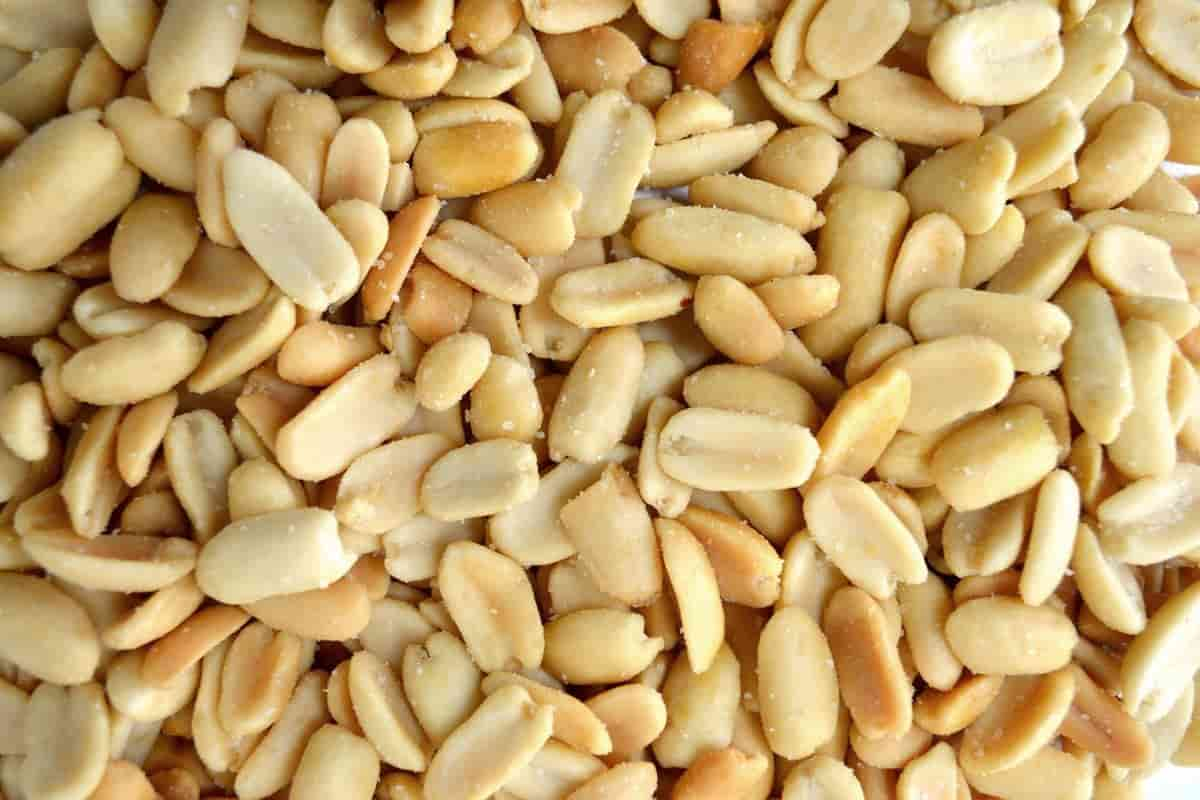
blanched peanuts wholesale meaning
The great majority of groundnuts traded globally are shipped as raw kernels in bulk packaging (quality categories are described in more detail in the market entry part of this study). Processing operations (such as blanching, roasting, or frying) are often carried out in Europe; however, certain exporters can also carry out processing at the request of European customers. This study offers crucial data on the European groundnut market for farmers in underdeveloped countries. This study looks into derivatives made from groundnuts, such as peanut butter, in addition to raw and roasted groundnuts. However, as the market for groundnut oil is a different business with unique supply chain actors, it is not included in the research. For a list of product IDs, see Table 1. The trade of all the products listed in Table 1 is shown in Figures 1, 2, and 3 later in this study. Table 1:
| Combined Nomenclature Number | Product |
| 12024100 | Groundnuts in shell |
| 12024200 | Shelled groundnuts |
| 20081110 | Peanut butter |
| 20081191 | Larger than 1 KG packing of prepared groundnut |
| 20081196 | Roasted groundnuts in packing smaller than 1 kg net |
| 20081198 | Other prepared or preserved groundnuts in packing smaller than 1 kg net |
What aspects of Europe make it a desirable market for groundnuts? Europe imports more groundnuts than any other region in the globe, making up around one-third of the total trade. Between 2014 and 2018, the number of imported groundnuts into Europe increased on average by 5.4%. More than 80% of all imports come from outside of Europe and are produced in developing countries. The groundnut market in Europe is expected to grow by 3-5% yearly during the next five years. Regular fluctuations in imports will continue to be impacted by agricultural output and price swings rather than changes in demand. European groundnut imports rose by an average of 5.4% and 3.4% per year between 2014 and 2018, respectively, reaching €1.6 billion and 1.1 million tonnes in 2018. 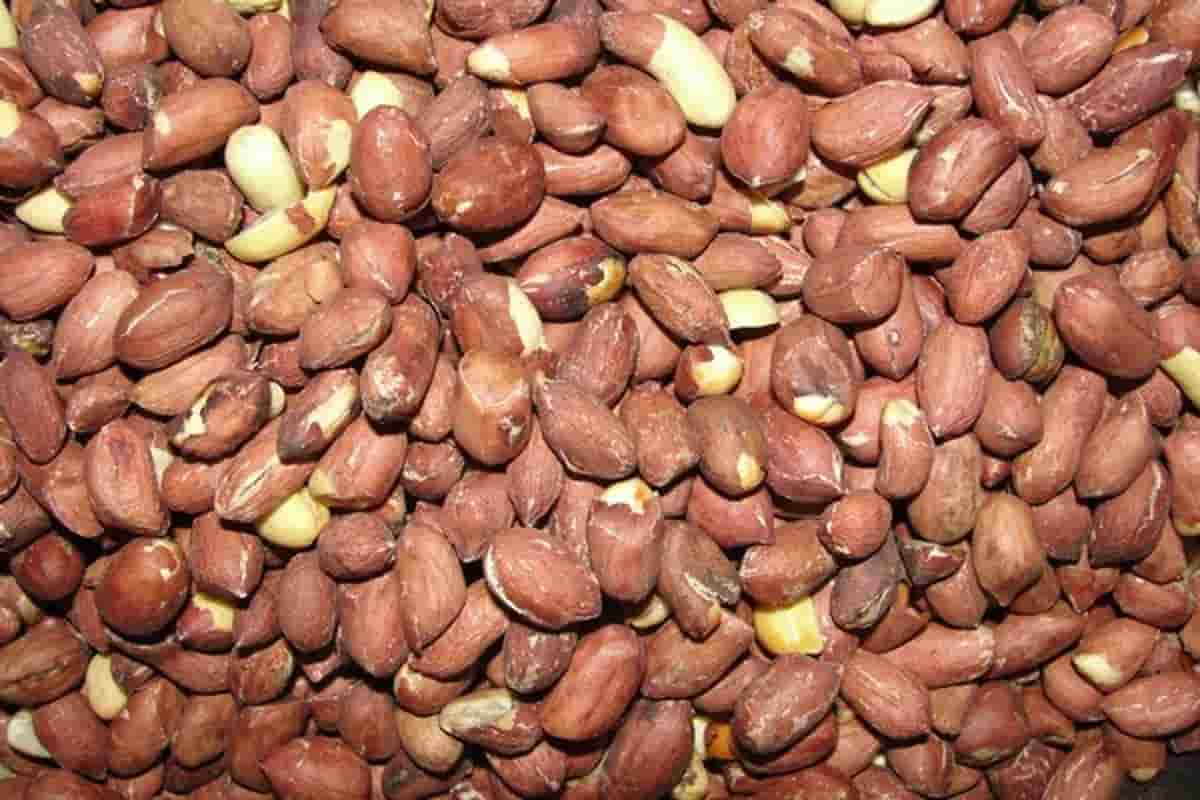
blanched peanuts wholesale suppliers
Groundnut imports in 2018 were valued at 57% for shelled, uncooked nuts, and 35% for processed (mainly roasted) nuts. Just 7% of the total importation of groundnuts is imported in their shells. Groundnuts are mostly traded inside Europe (so-called intra-European trade). Only 10% of the groundnuts imported into Europe come from countries outside of the continent. The simple re-exportation of imported raw groundnut kernels is the basis of internal European trade, but a sizable amount of this trade also involves various sorts of processing, such as roasting, frying, and the production of peanut butter. From 420 thousand tonnes in 2014 to 520 thousand tonnes in 2018, European imports from developing countries have increased considerably during the previous five years. All year long, groundnuts are imported into Europe. However, there is a definite seasonal tendency, with the largest imports taking place in the last three months of the year. This pattern lines up with Argentina’s crop, which is Europe’s main source of supplies. Given that demand is at its highest during the winter vacation season in Europe, this tendency is also favorable for the vast majority of European importers. The amount of peanut butter imported has increased significantly as well, from 26 000 tonnes in 2014 to 40 000 tonnes in 2018. With 75% of the global production, the United States is the principal source of peanut butter for Europe. From 316 tonnes in 2014 to 1,200 tonnes in 2018, India’s exports of peanut butter to Europe have expanded dramatically over the preceding five years. Only around 20% of total consumption is made up of imports from outside of Europe. Still, the majority of peanut butter is made in Europe. Nearly 700 000 tonnes of groundnuts are expected to be consumed overall in Europe. The consumption increased by 2% annually during the previous five years. 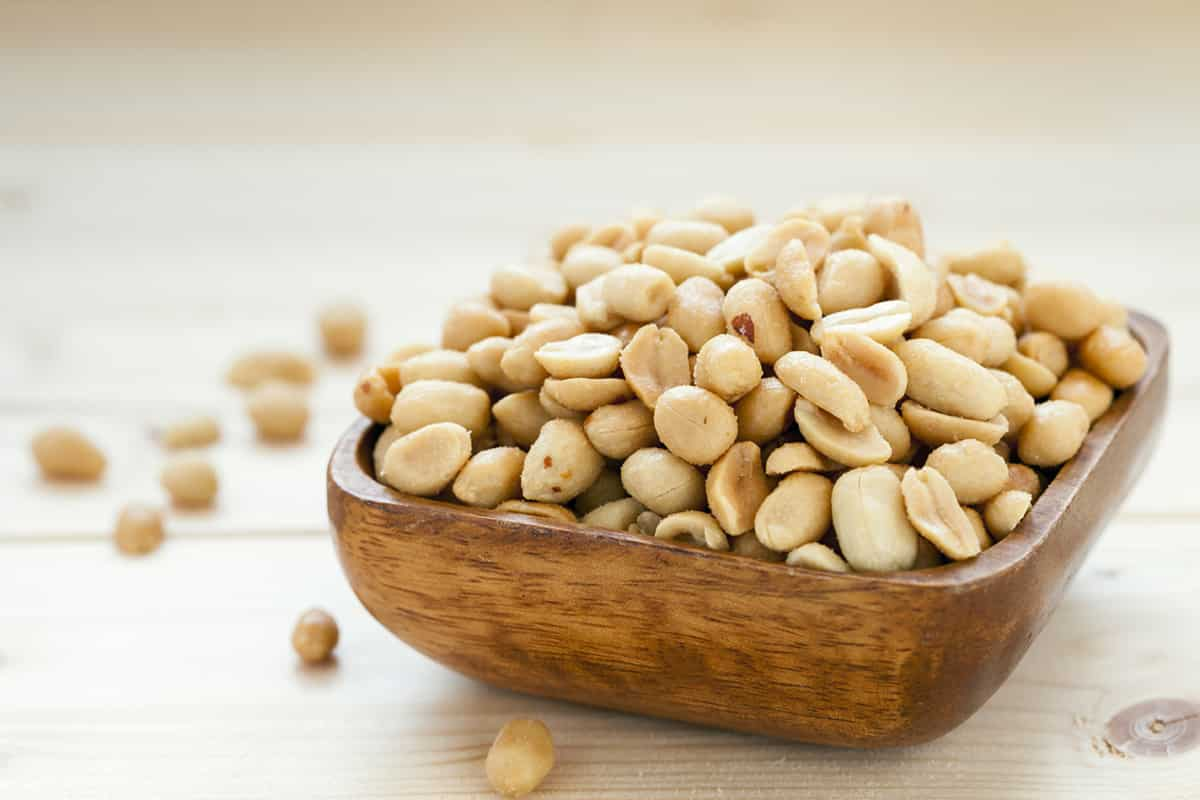 Germany, the United Kingdom, and the Netherlands are the top three markets. Germany has the largest per capita consumption in Europe, according to INC, averaging 3,3 kg annually. Which European countries have the greatest groundnut production potential? The Netherlands is a fascinating target market because it is the country with the most groundnut imports worldwide. Germany provides special promise since it is both the largest consumer market and a key market for groundnuts that have received organic certification. The UK is a particularly sought-after destination because of its comparatively big number of market players and quick pace of new product debuts. Poland has had the largest growth in imports, whereas France and Spain remain stable markets. The largest importer in the world is the Netherlands. The major groundnut importer worldwide, as well as in Europe, in the Netherlands. Dutch imports totaled €444 million in 2018, accounting for 28% of all EU imports. Between 2014 and 2018, the amount of Dutch imports increased annually by 0.8%, reaching 354,000 tonnes. Imports decreased in 2018 as a result of crop failure brought on by drought in Argentina that year. In Europe, the main transit country for imported ground nuts is the Netherlands. About 70% of all imported groundnuts go back to other European markets via the Netherlands. Specialized dealers and agencies with a basis in Rotterdam carry out a lot of re-export activity (the main port of Europe). The top country for Dutch groundnut re-exports in 2018 was Germany (with a 37% share), followed by France (18%), the United Kingdom (12%), and Poland (11%). The mere resale of imported (mainly unprocessed) shelled nuts or processing procedures like roasting or frying may constitute the re-export of groundnuts from the Netherlands. Examples of traders and agents include QFN Trading and Agency, Amberwood Rotterdam, and Aldebaran Commodities, one of the largest groundnut merchants in Europe. Processing is a commercial activity for several Dutch companies. Some examples are Virgin nuts, Bredabest, Superfood, and Bohemia Nut Company.
Germany, the United Kingdom, and the Netherlands are the top three markets. Germany has the largest per capita consumption in Europe, according to INC, averaging 3,3 kg annually. Which European countries have the greatest groundnut production potential? The Netherlands is a fascinating target market because it is the country with the most groundnut imports worldwide. Germany provides special promise since it is both the largest consumer market and a key market for groundnuts that have received organic certification. The UK is a particularly sought-after destination because of its comparatively big number of market players and quick pace of new product debuts. Poland has had the largest growth in imports, whereas France and Spain remain stable markets. The largest importer in the world is the Netherlands. The major groundnut importer worldwide, as well as in Europe, in the Netherlands. Dutch imports totaled €444 million in 2018, accounting for 28% of all EU imports. Between 2014 and 2018, the amount of Dutch imports increased annually by 0.8%, reaching 354,000 tonnes. Imports decreased in 2018 as a result of crop failure brought on by drought in Argentina that year. In Europe, the main transit country for imported ground nuts is the Netherlands. About 70% of all imported groundnuts go back to other European markets via the Netherlands. Specialized dealers and agencies with a basis in Rotterdam carry out a lot of re-export activity (the main port of Europe). The top country for Dutch groundnut re-exports in 2018 was Germany (with a 37% share), followed by France (18%), the United Kingdom (12%), and Poland (11%). The mere resale of imported (mainly unprocessed) shelled nuts or processing procedures like roasting or frying may constitute the re-export of groundnuts from the Netherlands. Examples of traders and agents include QFN Trading and Agency, Amberwood Rotterdam, and Aldebaran Commodities, one of the largest groundnut merchants in Europe. Processing is a commercial activity for several Dutch companies. Some examples are Virgin nuts, Bredabest, Superfood, and Bohemia Nut Company. 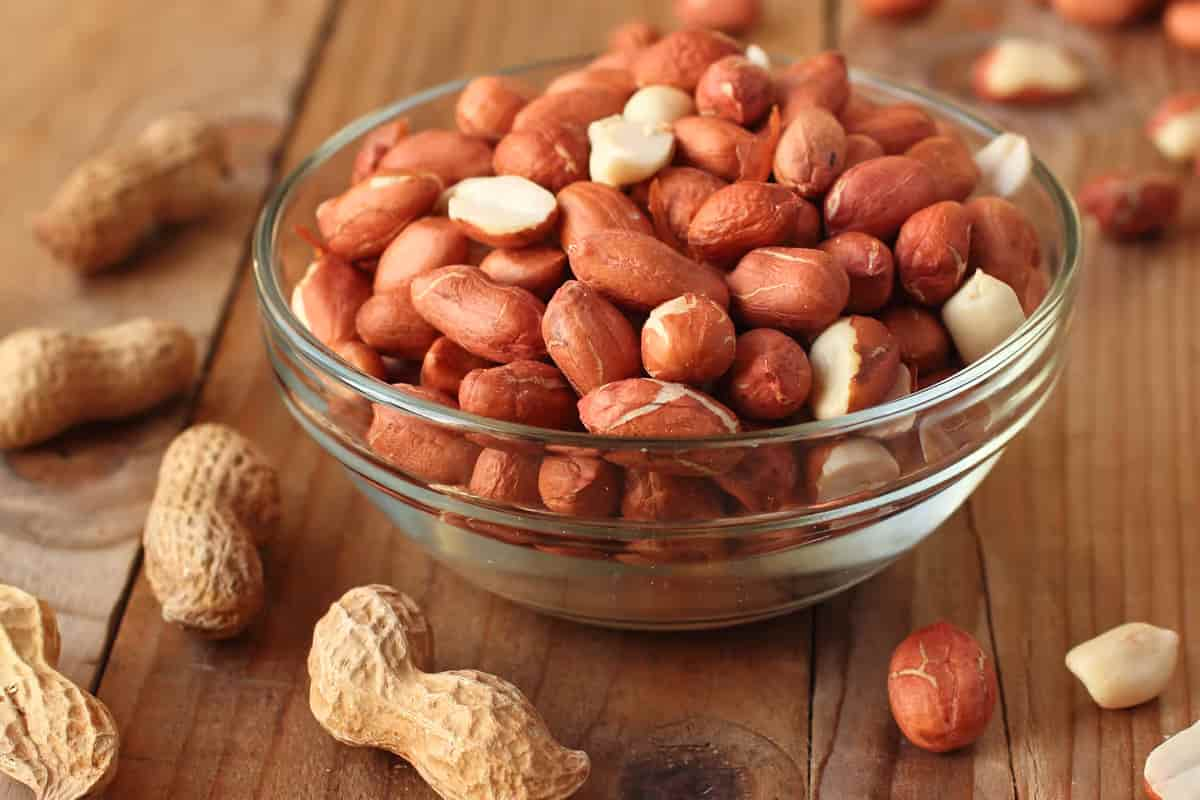 Due to the fact that Argentina accounts for more than half of all Dutch groundnut imports, the groundnut import market in the Netherlands is currently relatively consolidated (around 200 thousand tonnes on average). Over 92 percent of all imports to the Netherlands are raw, unshelled peanuts. Less than 3% of processed food is imported; the bulk comes from Germany and is supplied by significant processors and brands like Intersnack. Poorer-grade peanuts may be packed separately or with seeds and sold as bird food. The largest retail brand of peanuts in the Netherlands is Duyvis (owned by PepsiCo). Furthermore, the Netherlands is Europe’s leading producer and consumer of peanut butter. The most well-known national brand of peanut butter, Calvé, is produced in the Blue Band Factory in Rotterdam and is a product of Unilever. In 2016, this brand made its debut in the UK. The Netherlands imports over 80% of its groundnuts from poor countries (with Argentina as a top supplier). Emerging developing nations that supply groundnuts to the Netherlands include Egypt, Nicaragua, and Paraguay. From more than 100 tonnes in 2014 to around 3,000 tonnes in 2018, Nicaragua’s groundnut exports increased. The popularity of healthy snacks and the widespread usage of groundnuts in the confectionery sector both contribute to the Dutch consumption of groundnuts and their export to other European countries. Nuts are touted as being high in phosphorus, potassium, copper, manganese, magnesium, monounsaturated fat, fiber, vitamin E, and vitamins B3, B5, and B6. It should be noted, nonetheless, that the consumption of groundnuts is less affected by the healthy snacking trend than the consumption of other edible nuts. This is brought on by an increase in peanut allergies, particularly in children. Additionally, consumers do not often associate groundnuts with healthy foods since they are perceived as a traditional snack.
Due to the fact that Argentina accounts for more than half of all Dutch groundnut imports, the groundnut import market in the Netherlands is currently relatively consolidated (around 200 thousand tonnes on average). Over 92 percent of all imports to the Netherlands are raw, unshelled peanuts. Less than 3% of processed food is imported; the bulk comes from Germany and is supplied by significant processors and brands like Intersnack. Poorer-grade peanuts may be packed separately or with seeds and sold as bird food. The largest retail brand of peanuts in the Netherlands is Duyvis (owned by PepsiCo). Furthermore, the Netherlands is Europe’s leading producer and consumer of peanut butter. The most well-known national brand of peanut butter, Calvé, is produced in the Blue Band Factory in Rotterdam and is a product of Unilever. In 2016, this brand made its debut in the UK. The Netherlands imports over 80% of its groundnuts from poor countries (with Argentina as a top supplier). Emerging developing nations that supply groundnuts to the Netherlands include Egypt, Nicaragua, and Paraguay. From more than 100 tonnes in 2014 to around 3,000 tonnes in 2018, Nicaragua’s groundnut exports increased. The popularity of healthy snacks and the widespread usage of groundnuts in the confectionery sector both contribute to the Dutch consumption of groundnuts and their export to other European countries. Nuts are touted as being high in phosphorus, potassium, copper, manganese, magnesium, monounsaturated fat, fiber, vitamin E, and vitamins B3, B5, and B6. It should be noted, nonetheless, that the consumption of groundnuts is less affected by the healthy snacking trend than the consumption of other edible nuts. This is brought on by an increase in peanut allergies, particularly in children. Additionally, consumers do not often associate groundnuts with healthy foods since they are perceived as a traditional snack.

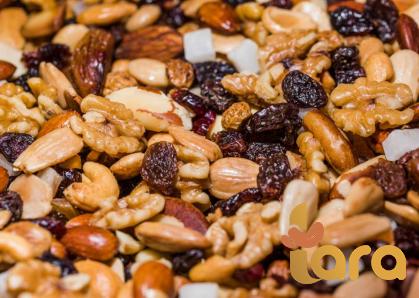
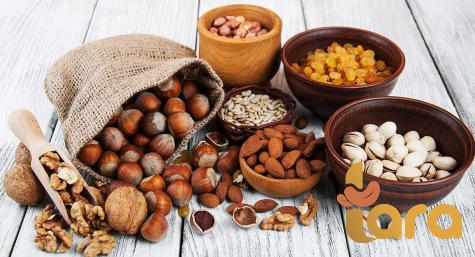
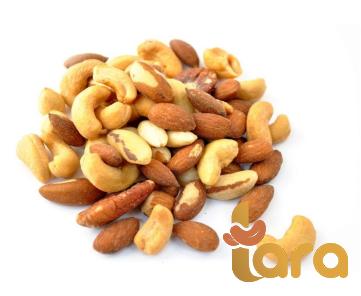
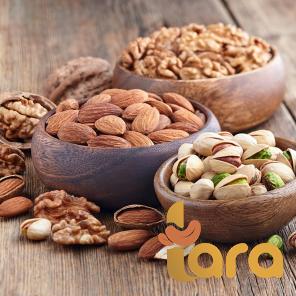
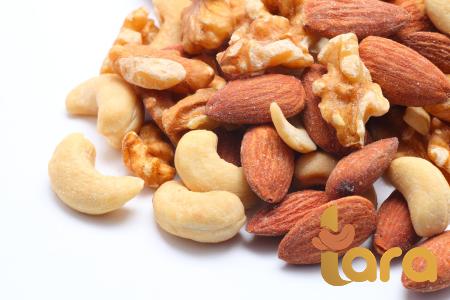
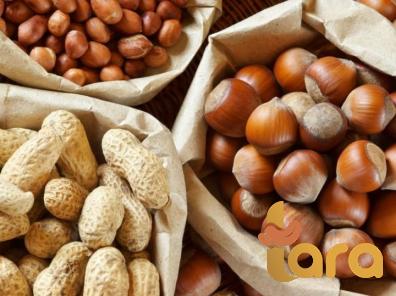
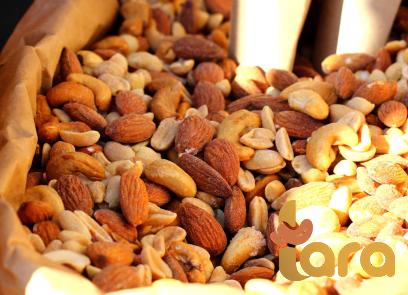
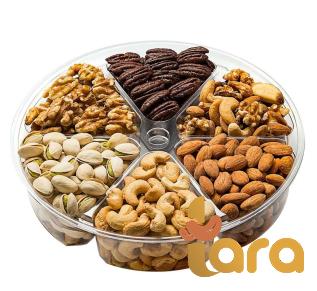
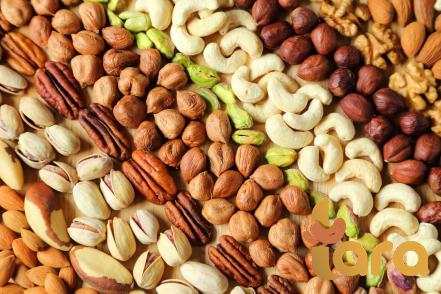
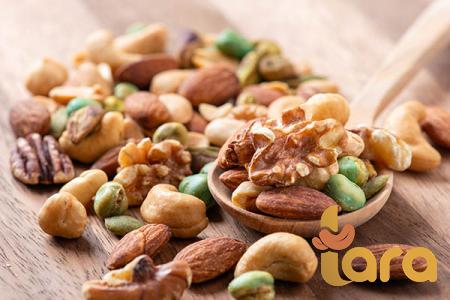
Your comment submitted.